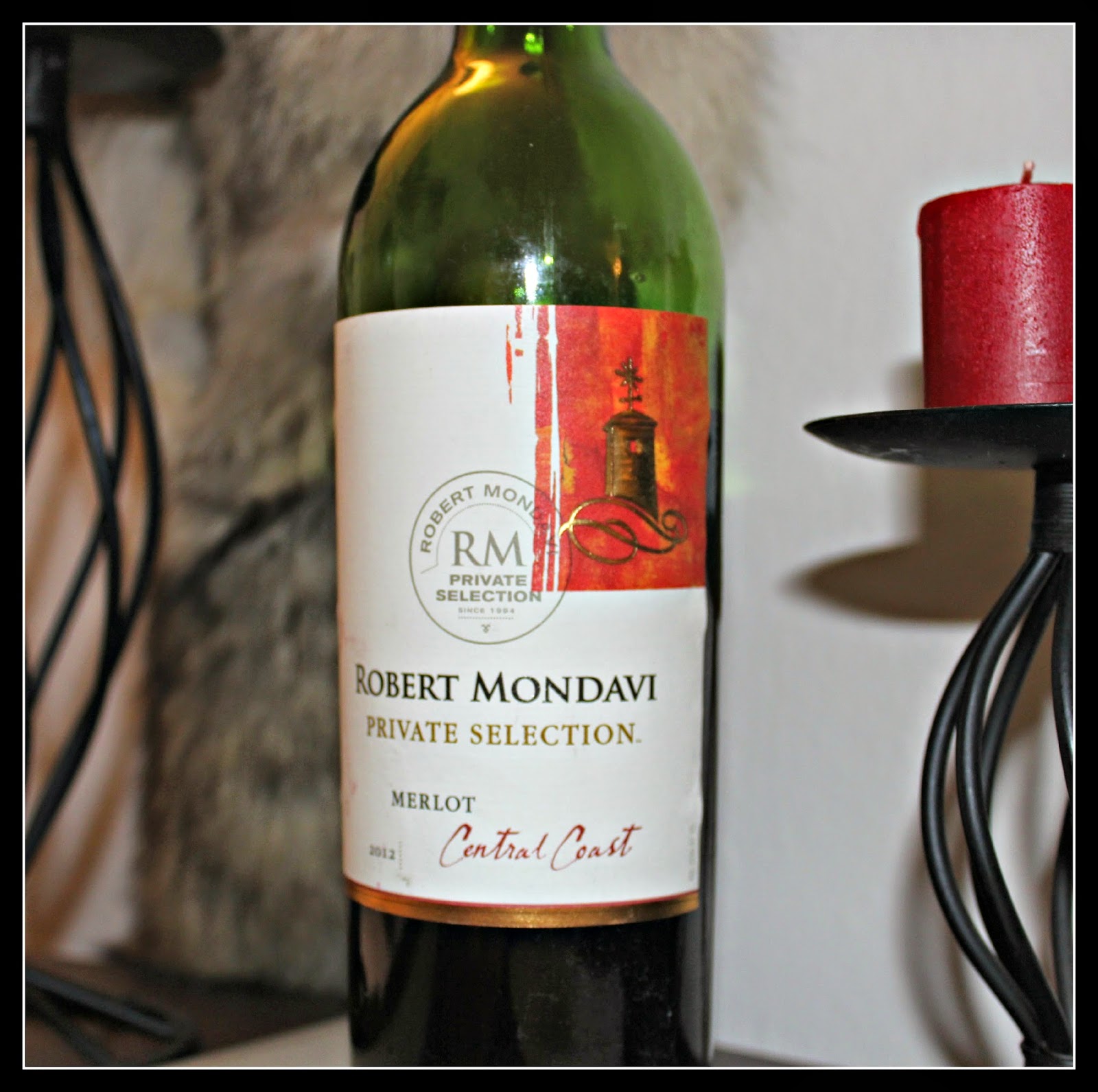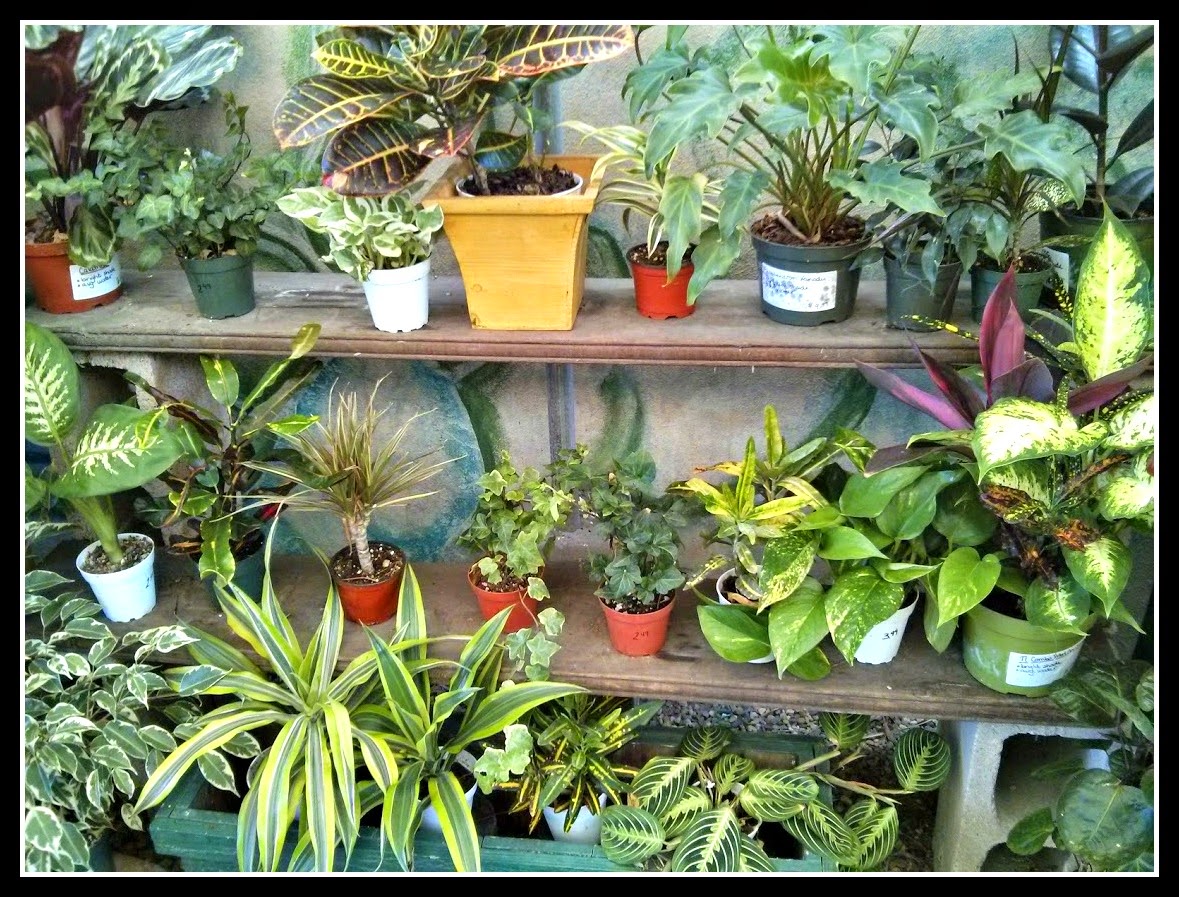Robert Mondavi Winery
Merlot Private Selection California 2012
is a bright wine with smooth cherry, plum and strawberry taste. There is a hint of
black olive and spice as indicative of its coastal environment. It is a dark red wine with a pronounced tannin
bite that works well on cool and rainy nights or coming indoors from the
chilled evening air.
The wine is produced in Monterrey County which was named as one of the top ten wine destinations by Wine
Enthusiast Magazine (1).
The location is ideal soils that receive ripening ocean mist. It is an area of
winding roads and cliff side views. Approximately 85 different vineyards have made
their home in the area. Supportive local bars and restaurants offer local
varieties.
As a West Coast locality Monterrey County has a unique history. The founding of the area started with the
explorers Fray Junípero Serra, Miguel Costansó,
and their band of engineers, Indians, and sailors. On May 24, 1770 they
discovered the Bay of Monterrey with a description of the coastal wildlife as (2):
Having
examined the cross they went down to the beach. Thousands of sea lions were
about, so close to one another that they looked like a pavement. Two young
whales lay together not more than a hundred yards off shore. The waters were as
calm as those of a lake. From where they stood Monterey Bay looked like a great
"O" just as it had appeared to Vizcaíno (first discoverer).
California is the wine state hosting a growing
industry that is becoming world renowned. Its history with Spanish and American
roots has helped the local wine industry grow. Most of the varieties are red by
their nature and offer a unique taste when compared to their European cousins.
As a lifestyle the wine vineyards fit well with the free spirited nature of the
State. Expect to pay under $16 for a bottle of Robert Mondavi Private Collection Merlot.



